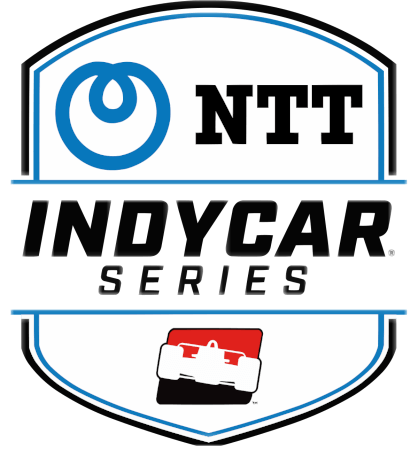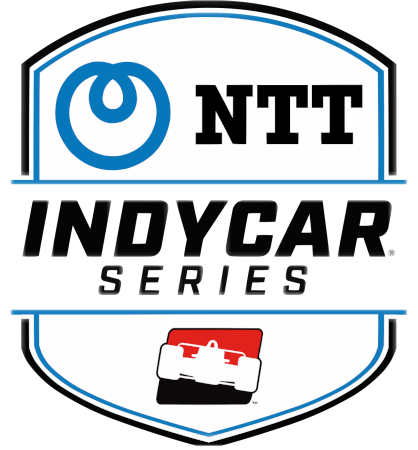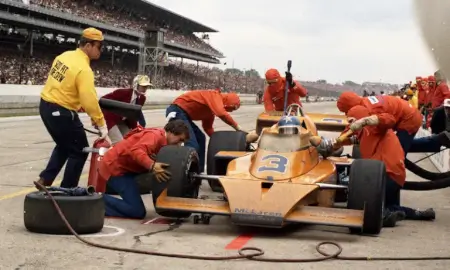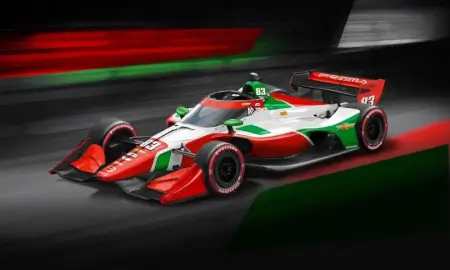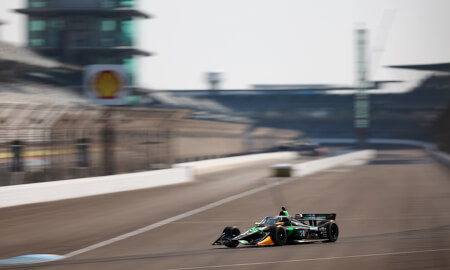December 11th 2023
Honda considering IndyCar exit after 2026 unless costs are reduced
Honda is committed to the NTT IndyCar Series for the duration of its current engine supply contract, but the American arm of the Japanese auto giant says accelerating costs are giving rise to questions of whether it will continue beyond 2026.
“We have great concerns over the costs,” American Honda Motorsports Manager Chuck Schifsky told RACER. “If we were to choose not to renew, that would be the reason why. And it’s easy to see. We don’t have a third manufacturer, and there’s a reason for that: It has to do with the cost. If the return on investment matched up with the investment, we’d have a number of other manufacturers involved.”
The rising annual expenditures to supply more than half of IndyCar’s full-time field of 27 cars with purebred 2.2-liter twin-turbo V6 engines, and support 16-18 entries each May for the Indianapolis 500, has led Honda to contemplate a future without its brand involved in the series it joined in 1994.
“We’re looking for a wholesale change to the engine regulations so that we can eliminate fives and tens of millions of dollars of annual technical costs,” Schifsky said. “Because if we don’t, then it’s too much money, and we will go do something else. That something else could be NASCAR, or a further investment in our Formula 1 effort. Or something that isn’t motorsports at all.”
Through Acura, its luxury and performance brand, American Honda and HPD embarked on its first hybrid racing program with the ARX-06 GTP car in 2023. Its factory programs in IMSA’s top WeatherTech SportsCar Championship class delivered three victories and made a sizable impression with the fast and high-tech prototypes.
The engagement by Acura and more than a dozen major manufacturers in IMSA is an example, in Schifsky’s estimation, of how a racing series with a stronger return on investment is rewarded with a huge response by the auto industry.
“You look at IMSA where they are at 18 or 19 OEMs now, or you look just at GTP and LMDh globally; there are a number of manufacturers there and more are rumored to be getting in because the costs match the value,” he said.
In the absence of a new initiative by IndyCar to reduce the eight-figure yearly costs to compete as an engine supplier, signing its long-coveted and constantly elusive third manufacturer would be a welcome alternative.
By cutting HPD’s motor program from covering half or more of the IndyCar field down to one-third with Chevy and another brand supporting the rest, drastic savings would be achieved in an instant.
“Yes, it would change our outlook quite a bit,” Schifsky said. “If you imagine we’re now supplying 15 or 16 or 17 cars, if that drops down to say nine or 10, that will definitely reduce our costs and improve the return.”
Penske Entertainment CEO Mark Miles recognized Honda’s concerns and echoed Schifsky’s sentiments on the need for a third manufacturer. In a separate interview with RACER, Miles suggests the series will need to get its new era of hybrid racing under way before the signing of another original equipment manufacturer would be possible. It leaves IndyCar with a tight window to land another OEM before Honda’s supply contract expires.
“They are a historically committed, long-term partner that we value,” Miles said of Honda. “The one obvious thing, which is not new news, is how impactful it would be if we had the third OEM in terms of reducing the costs for both Honda and Chevy.
“If you have to supply fewer engines and teams, it’s going to cost you less. It’s not a new priority. It’s something which is important that we’re working on, but feel like there’s opportunities there with the hybrid launch.
“Other than that, I think we are constantly working to manage costs. And yet, I think we’re reluctant to do anything that would dumb down the racing. So I think that the best positive way forward is to find that third OEM.”
With IndyCar’s engine suppliers under contract through the 2026 season, Honda isn’t rushing to commit or decommit to the series, but the clock has started on the process of determining where its future lies in American open-wheel racing.
“We still have about a year to make a decision on what to do,” Schifsky said. “And it should not be considered by anybody that Honda will automatically stay in just because we’ve been in it for 30 years. Of course, it shouldn’t necessarily be assumed that we’re going to get out. We love this series.”
Asked if the series has created a road map to keep engines in its cars if Chevy and/or Honda opt to exit IndyCar, Miles says it’s a subject that has been pondered by the series’ owners.
“You try to think a couple laps ahead on everything, and we’re confident that the sky wouldn’t fall,” he surmised. “But we also believe that we won’t be faced with that situation.”
For more information: www.racer.com
For more information: www.racer.com
